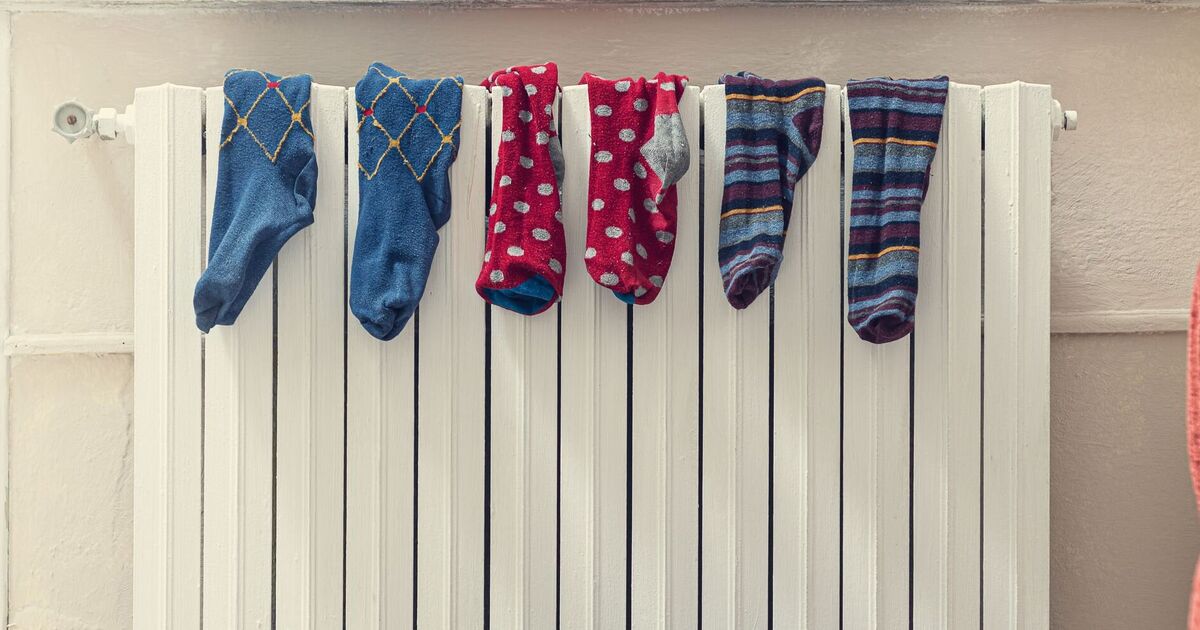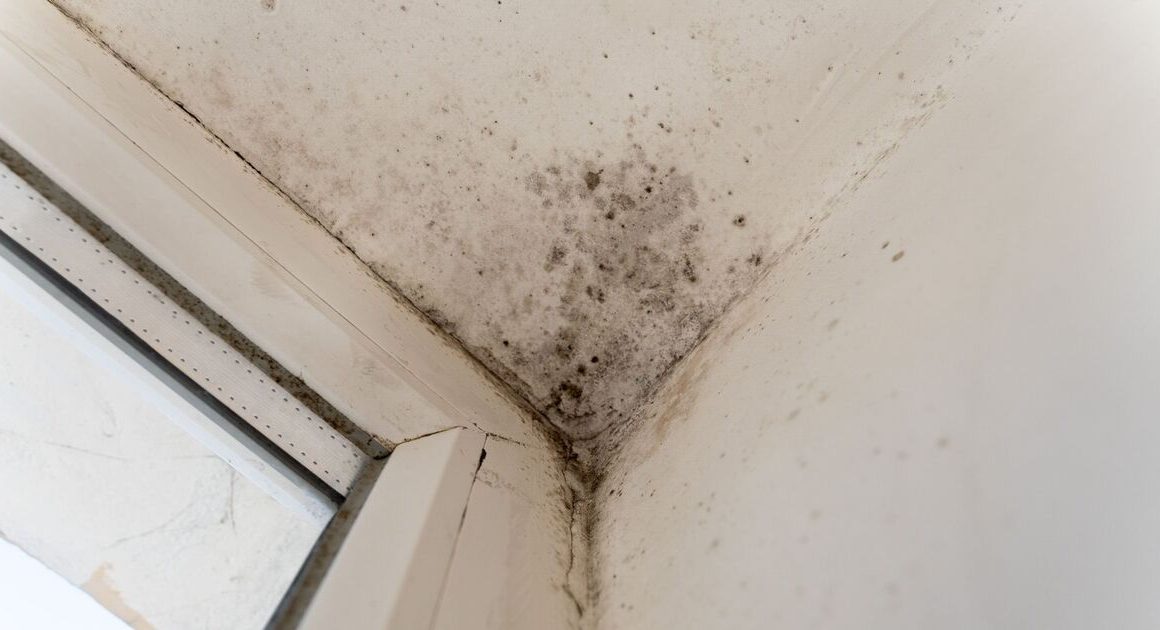During the winter months, drying laundry indoors becomes a necessity, but the costs can mount up when relying on tumble dryers and radiators.
Yet, a home air treatment specialist has cautioned that turning to “natural” drying methods might not be the wisest move.
The risk of mould and dampness in the home looms large when abandoning “energy-hungry appliances”, according to Chris Michael, managing director of Meaco.
He remarked that while most money-saving advice suggests valid alternatives to running inefficient appliances in the home, “not enough of it considers the challenges that many of these alternatives will present to consumers in the medium to long-term”.
Resorting to radiators, and airers, and draping clothes over chairs are problematic because they encourage moisture to linger in the home.
“The moisture released by the clothes as they dry will stay in the air, meaning that wet washing will take increasingly longer to dry – especially as households may keep windows closed to keep precious heat in. Increasing moisture in the room’s air can cause condensation and mould issues”, explained Chris.
Watery residue on windows, a musty smell and damage to wallpaper or other nearby surfaces are all signs of excess moisture in the air, which can be expensive to fix.
According to Chris, drying clothes naturally can make heating less effective too. He said: “Eventually the room itself will become so damp that the clothes will not dry and will have to be rewashed because they have started to smell.
“Damp air is also more expensive to heat, so any heating system will have to run longer to heat up the room. It is much more efficient to dry heated air than it is to heat damp air.”
Opening windows will solve any problems with moisture. Advice around opening windows when laundry is being dried suggests that the dampness from the clothes will simply “disappear” out of the window.
However, this depends on a flow of fresh air coming in from outside on a day when it is colder outside than inside, and the outside air is therefore warmed and dried. According to Chris, keeping a window open while drying clothes indoors won’t help in early October due to the mild temperatures.
Instead, the level of humidity indoors will increase providing the perfect environment for mould to thrive.
The home air treatment specialist warned: “While the method of creating an air exchange may not create a damp problem, it would need two windows open to have an effect which would create a cold draught.”
Further explaining the unintended consequences, of drying laundry, Chris said: “This then likely leads to households using their heating more to keep the space warm and losing expensive heated air out of the open windows, wasting both energy and money.”
As for the best method for drying laundry indoors, the home expert suggested Britons invest in a dehumidifier.
Trapping warm air indoors without contributing to excess moisture can be solved with this trusty device, claimed Chris. “A dehumidifier will not only dry washing, but it will also protect the whole house from dampness and condensation problems and one with a HEPA filter will also clean the air”, he said.
As dry air is cheaper to heat than damp air, a dehumidifier will help households save on heating bills. The energy it uses will also heat the space, so there are many benefits of choosing this option.










